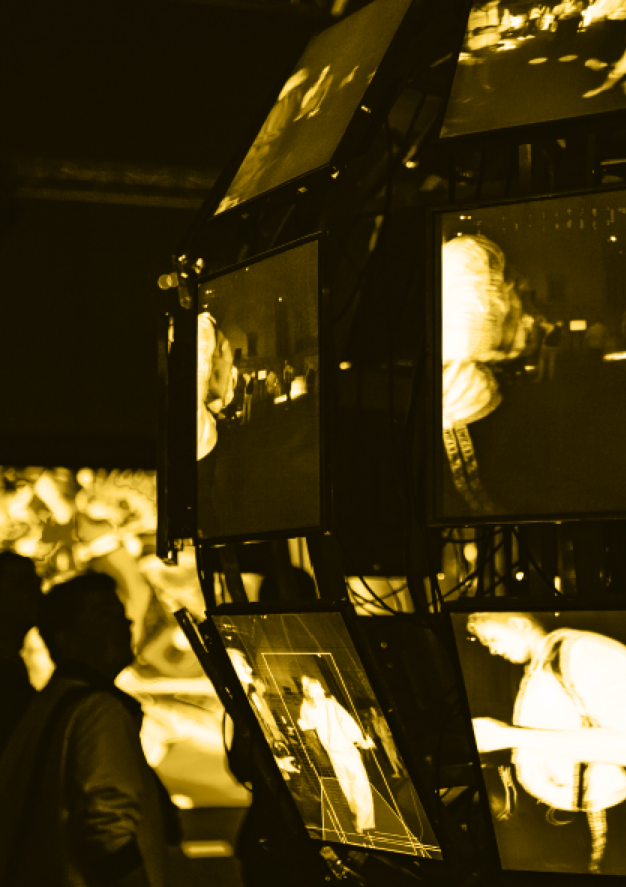Invisible Labor
Work Under the Digital Regime of Representation
Identifiers (Article)
Abstract
The digital turn seems to correlate with a crisis in representation: digitalization widens the gap between phenomenological experience and the socio-economic logic that determines it, rendering certain areas, fields or aspects of the world invisible. Crucially, this logic – according to Mary L. Gray, author of Ghost Work – entails the restructuring, and arguably the dismantling, of formal employment, producing its own set of novel social relations. Addressing the question of the hidden labor underpinning the digital economy could be described as an exercise in making it visible. But work is not the only social category whose tangibility, or lack thereof, revolves around a specific regime of visibility. The category ‘art’ in Western modernity could be construed as designating the alienation of artistic labor from other forms of labor. Because creativity is seen as the opposite of work, the dividing line between work and non-work correlates with the division between art and non-art, and it is thus impossible to fundamentally alter the former without implicating the latter.
Statistics




